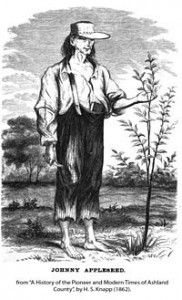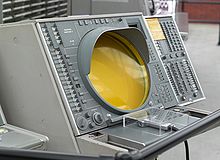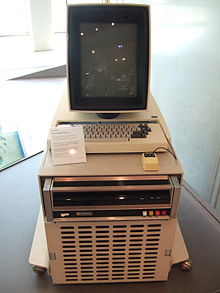此刻小汽車正努力的學習『色彩知識』,祇是為著為何感覺不符合『理論文字』而煩惱呢?或許智慧長煩惱生吧!於是七葷八素之餘 ,忽然不愛聽新聞哩!!何不就聽聽舊聞乎??很久很久以前…
這時海之涯的另一端正是『拓荒』的時代,1774 年出生的 Johnny Chapman ,譜出『蘋果種子』Appleseed 的傳奇。
那從一顆『蘋果種子』能見著什麼呢?是生命的強韌?或破土而出的喜悅?還是夏娃偷吃的那個?也許可以這樣說︰『火』的掌握改變了人類當時的生活,而一顆種子的傳承造就世世代代的持有。強尼‧蘋果種子所代表的『拓荒精神』──
STAR TREK
星艦迷航記
Where No One Has Gone Before
前人未至之境
──,是否終將化作『概念種子』等待時機『發芽』?
1776年7月4日,美國的大陸會議通過《獨立宣言》,宣言這個新國家是獨立的,完全脫離英國,目的是為『圖生存、求自由、謀幸福』,實現啟蒙運動的理想。之後過了一百三十九年,一九一五年三月十一日,Joseph Carl Robnett Licklider 誕生於密蘇里州的聖路易斯,不知距馬克‧吐溫的湯姆──密蘇里州聖彼得斯堡──歷險記之地有多少距離?身為浸信會牧師獨子的他,自幼喜歡玩模型飛機,展現了工程天份,終身喜好修整汽車,史稱『計算機種子』。
1937 年二十二歲的 Lick 自華盛頓大學取得藝術學位,主修物理、數學、和心理學;1942 年為羅微斯特大學心理聲學的博士;1943 至 1950 年間工作於哈佛大學心理聲學實驗室,開始對『資訊科技』有興趣,於是前往 MIT 任副教授,並成為 MIT 林肯實驗室委員會的成員,推動建立工程系學生的心理學課程。那時正是美蘇『冷戰』時期,Lick 參與了『SAGE』─ Semi-Automatic Ground Environment ── 計畫,見左圖二。1957 年獲頒工程心理學會的最高榮譽 Franklin V. Taylor Award 獎;同年轉任 Beranek and Newman 高科技公司的副總裁,用他購買的第一代 PDP-1 電腦,引領大眾了解何謂『 time-sharing 』的概念;次年他被選為美國聲學學會會長。1962 年十月 Lick 被美國國防高等研究計劃署 DARPA ── 後稱 作ARPA ── 指派領導資訊處理技術辦公室 Information Processing Techniques Office (IPTO),一九六三年,轉任領導 ARPA 的 Behavioral Sciences Command & Control Research 辦公室,在一張標題為『Members and Affiliates of the Intergalactic Computer Network』給工作同仁的備忘錄上︰
“imagined as an electronic commons open to all, ‘the main and essential medium of informational interaction for governments, institutions, corporations, and individuals.'”
宣告『銀河際網路』的願景,是促使 Internet 誕生的第一響春雷!! 1968年 Lick 到 MIT 的電機工程系作教授,領導 MAC ── Mathematics And Computation ── 計畫,建立了第一台分時計算系統,… 靈感鼓舞了…… Unix 的發展 ………。或許 Robert Taylor ── Xerox PARC 計算機科學實驗室和 DEC 系統研究中心的發起人 ──說的好︰
most of the significant advances in computer technology—including the work that my group did at Xerox PARC—were simply extrapolations of Lick’s vision. They were not really new visions of their own. So he was really the father of it all
雖然全錄 Xerox 創造了 Alto ──上圖三──,一台有滑鼠與鍵盤的圖形界面的電腦,發行了據說蘋果 Jobs 買過的 Star 8010/40 WYSIWYG 系統 ──上圖四、五、六──,或許由於為時太早,又也許因為業務不知怎麼推銷,傳聞只賣了不超過八台。
─── 摘自《一個奇想!!》
大概它已發生『主客觀』糾結矛盾也!
Color constancy
Color constancy is an example of subjective constancy and a feature of the human color perception system which ensures that the perceived color of objects remains relatively constant under varying illumination conditions. A green apple for instance looks green to us at midday, when the main illumination is white sunlight, and also at sunset, when the main illumination is red. This helps us identify objects.
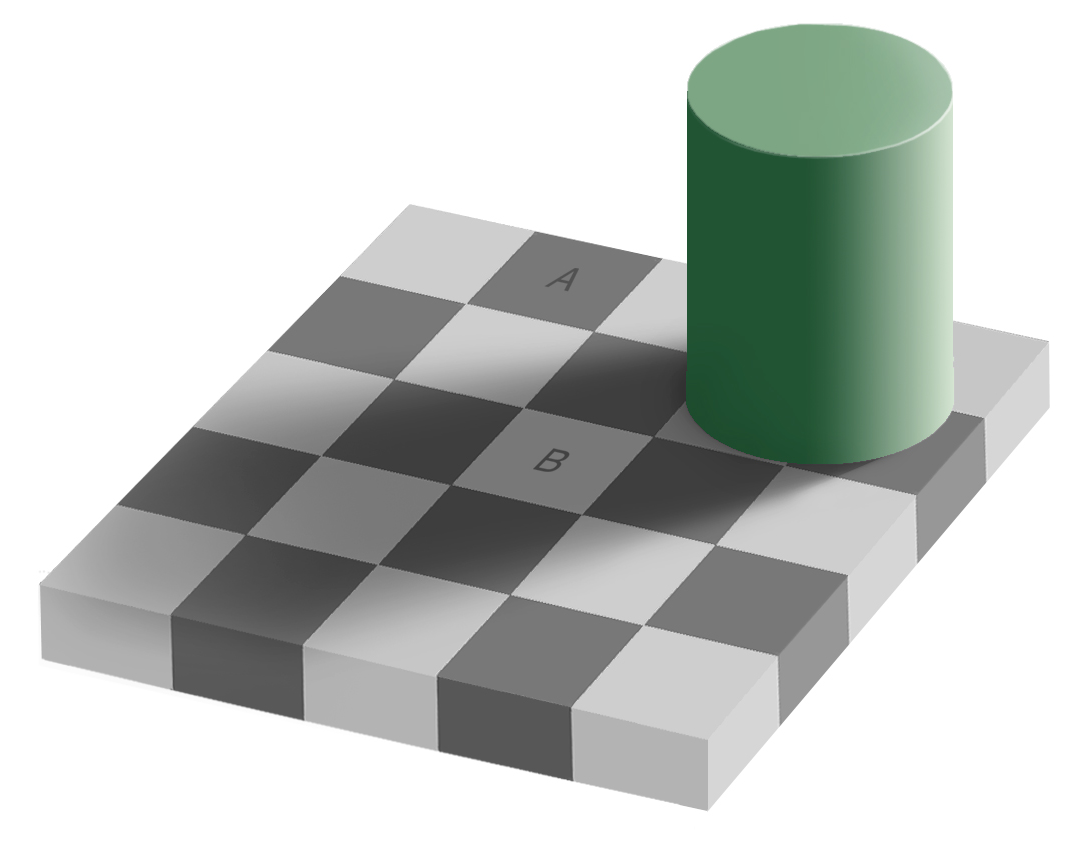
Constancy makes square A appear darker than square B, when in fact they are both exactly the same shade of grey. See Same color illusion.
Variations of the illusion
Minimal version
Simply cropping a portion of Edward Adelson’s original shows that most of the board and even the cylinder are actually redundant. As can be seen in the picture on the left (Fig 1) the illusion remains very strong even with only a small portion of the board remaining. The visual system is still persuaded to “see” a 3D object in which A and B have differing original shades, even though the actual shades are identical.
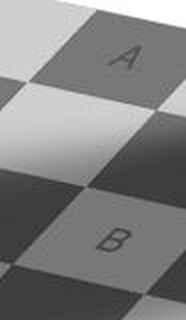
Fig 1. Cropped portion of the checkerboard showing illusion remains strong
Flip flop version
A further modification is to add an extra polygon between A and B with smaller size but similar shade. This produces a “flip-flop” illusion effect similar to the Rabbit–duck illusion and My Wife and My Mother-in-Law illusions. When gazing at the picture on the right (Fig 2) the visual system “sees” either a checkerboard – with A different from B, or three grey polygons of the same colour and hence – A the same shade as B. With effort the mind can be persuaded to see one or the other, or may flip randomly
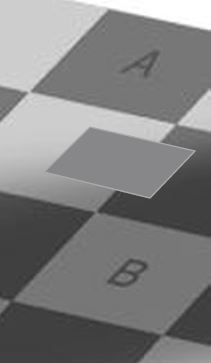
Fig 2. Modified version with extra floating polygon
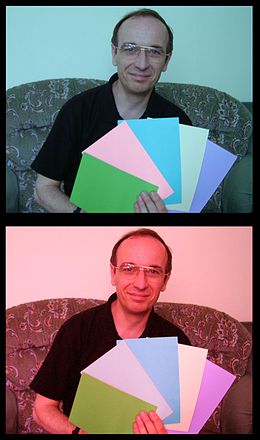
In these two pictures, the second card from the left seems to be a stronger shade of pink in the upper one than in the lower one. In fact they are the same color (since they have the same RGB values), but perception is affected by the color cast of the surrounding photo.
還是它的小鏡頭尚未能『色彩適應』耶?
Chromatic adaptation
Chromatic adaptation is the human visual system’s ability to adjust to changes in illumination in order to preserve the appearance of object colors. It is responsible for the stable appearance of object colours despite the wide variation of light which might be reflected from an object and observed by our eyes. A chromatic adaptation transform (CAT) function emulates this important aspect of color perception in color appearance models.
An object may be viewed under various conditions. For example, it may be illuminated by sunlight, the light of a fire, or a harsh electric light. In all of these situations, human vision perceives that the object has the same color: an apple always appears red, whether viewed at night or during the day (unless it is green). On the other hand, a camera with no adjustment for light may register the apple as having varying color. This feature of the visual system is called chromatic adaptation, or color constancy; when the correction occurs in a camera it is referred to as white balance.
Though the human visual system generally does maintain constant perceived color under different lighting, there are situations where the relative brightness of two different stimuli will appear reversed at different illuminance levels. For example, the bright yellow petals of flowers will appear dark compared to the green leaves in dim light while the opposite is true during the day. This is known as the Purkinje effect, and arises because the peak sensitivity of the human eye shifts toward the blue end of the spectrum at lower light levels.
唉◎時流向前從不回頭乎☆
